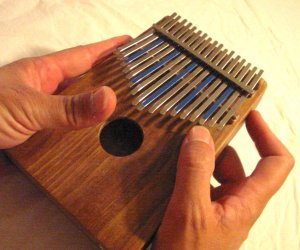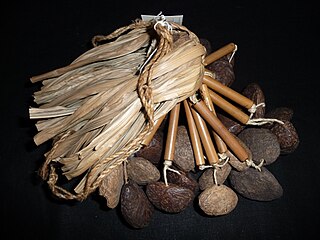There are several overlapping schemes for the classification of percussion instruments .
Contents
- By means of sound production
- Hornbostel–Sachs
- Other systems
- By usage
- Pitched and unpitched
- By tradition
- Western music
- Other criteria
- See also
- Articles
- Categories
- References
These schemes are based on four types of criteria:
- The means by which the sound is produced. The most widely used classification system for musical instruments, Hornbostel–Sachs, takes this approach.
- Musical usage, in particular the traditional division into tuned percussion and untuned percussion, and the similar and more modern division into pitched percussion and unpitched percussion.
- The means of playing the instrument and skills required to play it, for example the grouping together of mallet percussion instruments, or of hand percussion instruments. This underlies the division of the orchestral percussion section into auxiliary percussion, tuned percussion and timpani, and is the reason percussive keyboard instruments such as the celesta are excluded from the percussion section.
- Origins, cultural significance or tradition, for example grouping instruments as Latin percussion or as African drums. This criterion overlaps but is not a subset of the usage criterion; Both Latin percussion and African drums also refer to some extent to current usage.
Percussion instruments vary enormously in nature and usage, and have possibly the longest history of any group of musical instruments. [1] For these and other reasons their classification proves difficult, and different classification systems are used in different contexts.

At the highest level of grouping, authorities differ over whether stringed instruments such as the hammered dulcimer and keyboard instruments such as the celesta are percussion instruments, let alone the piano which is both stringed and a keyboard and yet sometimes also termed percussion. [2] [3]
Hornbostel–Sachs does not use the term percussion as a general grouping at all, but instead in a very different sense to the common usage. Instruments such as castanets and cymbals used in pairs are not percussion in the Hornbostel–Sachs sense, but are percussion instruments in every other sense.
Similar problems are encountered at lower levels of classification.








